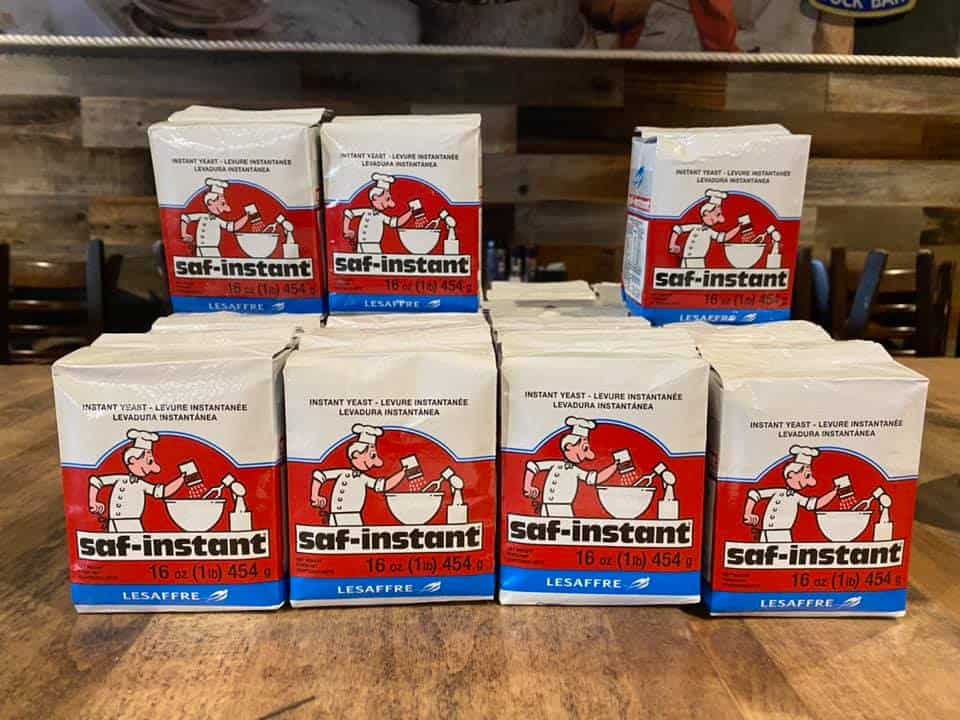Rethinking Groceries

It all started with toilet paper. The first week of March, many of us had heard of the coronavirus spreading overseas. We had read cruise ship horror stories, and seen economic uncertainty hit Wall Street. We were warned the coronavirus was on track to reach the U.S. and would likely impact our everyday lives. But that week, not many folks were making plans for business shutdowns, stay-at-home orders, or long-term school closures.
The tide turned quickly. The very next week COVID-19 was declared a pandemic and Maryland schools made plans to close. People didn’t know quite what to do to prepare for the coronavirus, an invisible enemy that hadn’t yet touched most local hospitals. Feeling disoriented, we readied for the possible COVID-19 impacts as we would a predicted snowstorm: by rushing to the grocery store and stocking up on essentials.
Almost immediately, stores experienced shortages of toilet paper, disinfectant wipes and hand sanitizer, and staple foods like bananas, meat, eggs, and even frozen vegetables. Retail demand has been “unprecedented,” according to the Food and Drug Administration.
As my family’s chief meal planner, cook, and mother to two little boys who eat like fast-growing puppies, I worried that we wouldn’t be able to find the things on our grocery list. Over the last five weeks we’ve learned to buy an extra loaf of bread to freeze for later. We discovered that when Safeway was out of milk and eggs, we could find them at Rite Aid. Thanks to hard-working retail employees, there is almost nothing we’ve had to go without.
Still, with a stay-at-home order in place, my husband and I are making a concerted effort to consolidate trips to the grocery and convenience stores. Instead of swinging by mid-week to pick up a few things we’ve run out of, we carefully plan our shopping list to get us from Monday to Monday. Only one of us goes to the store. We feel pretty secure in this approach, but national headlines warning of possible food shortages are unnerving for anyone with a family to feed.
That’s why this issue of Bay Weekly is taking a close look at how we get our food during the COVID-19 era. As retail demand is sky-high and restaurant demand is drastically reduced, more local food service businesses are pivoting to sell retail groceries and supplies. At the upscale Chart House restaurant overlooking Spa Creek, you can make a to-go order for butter, potatoes, bulk-sized cooking items like chicken broth, and yes—toilet paper at $1 per roll. Other businesses pack up and sell a pre-selected “produce box” of staples. It’s a new way to think about getting household necessities, to be sure.
Some families worry less about where to shop for food and more about how to afford it in the first place, as they face job loss or pay cuts. Local businesses are working to solve that problem, too. Bay Weekly continues to report on options for those who need help putting meals on the table, including an inventive program connecting people who want to donate restaurant meals with those who need them.
Week after week we’re inspired by the ingenuity of our communities taking unprecedented steps to help keep businesses afloat and neighbors fed. As long as this lasts, we’ll continue to bring their efforts to light. And remember, in a pinch, you can always order a roll of toilet paper to go along with your carryout prime rib entrée.
